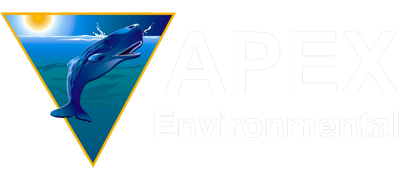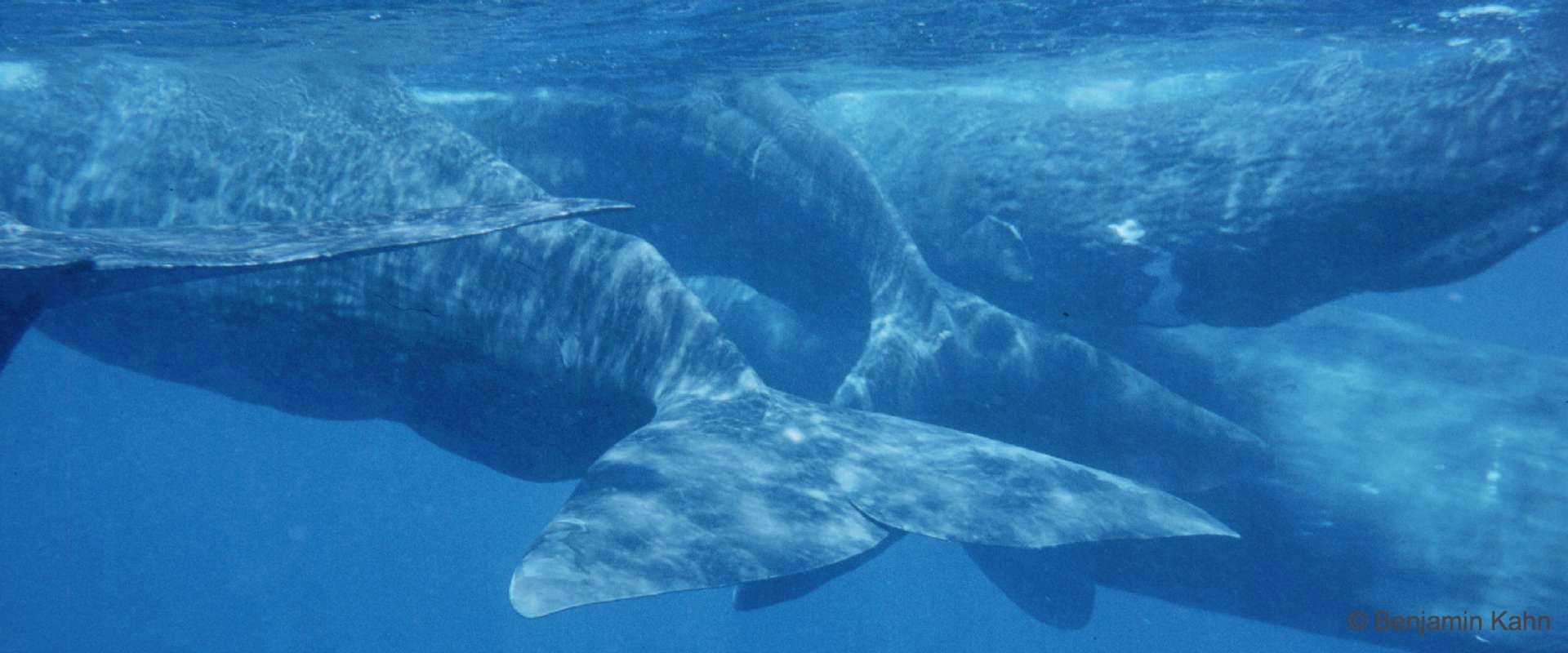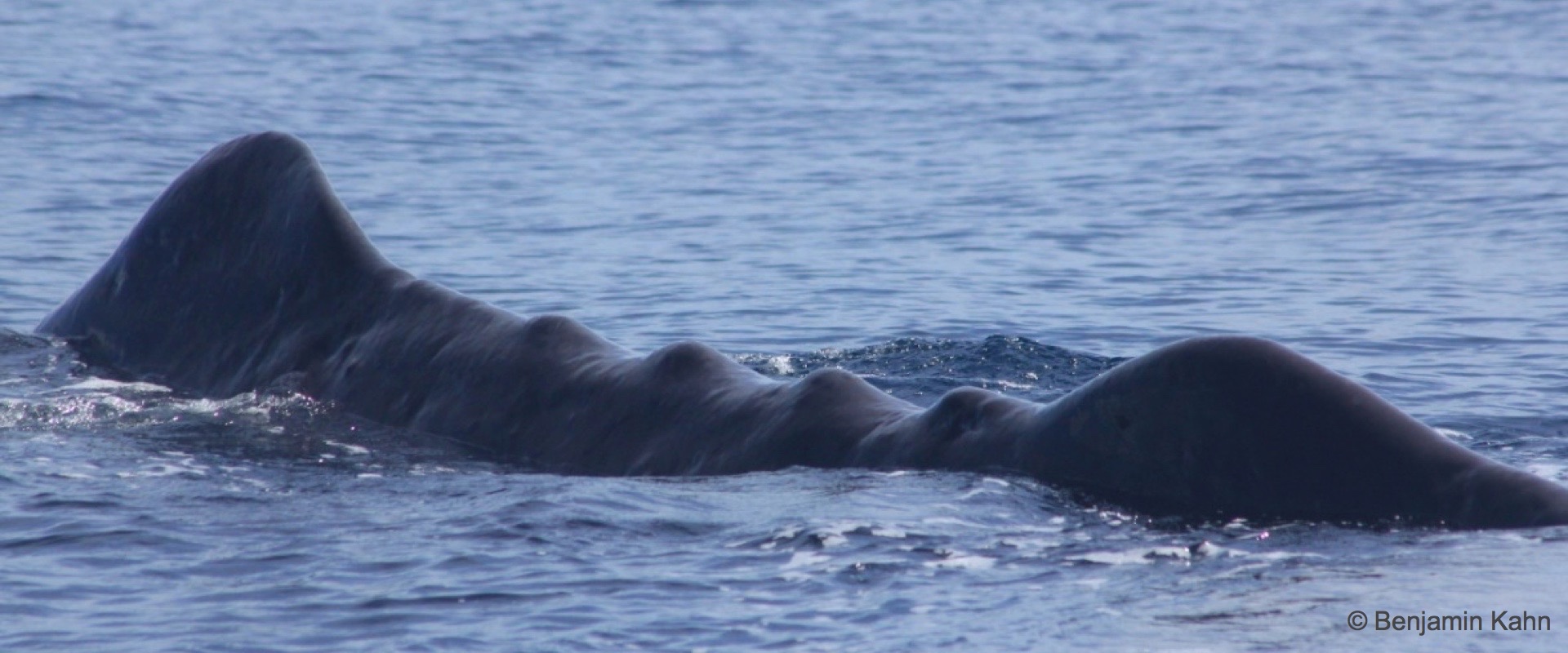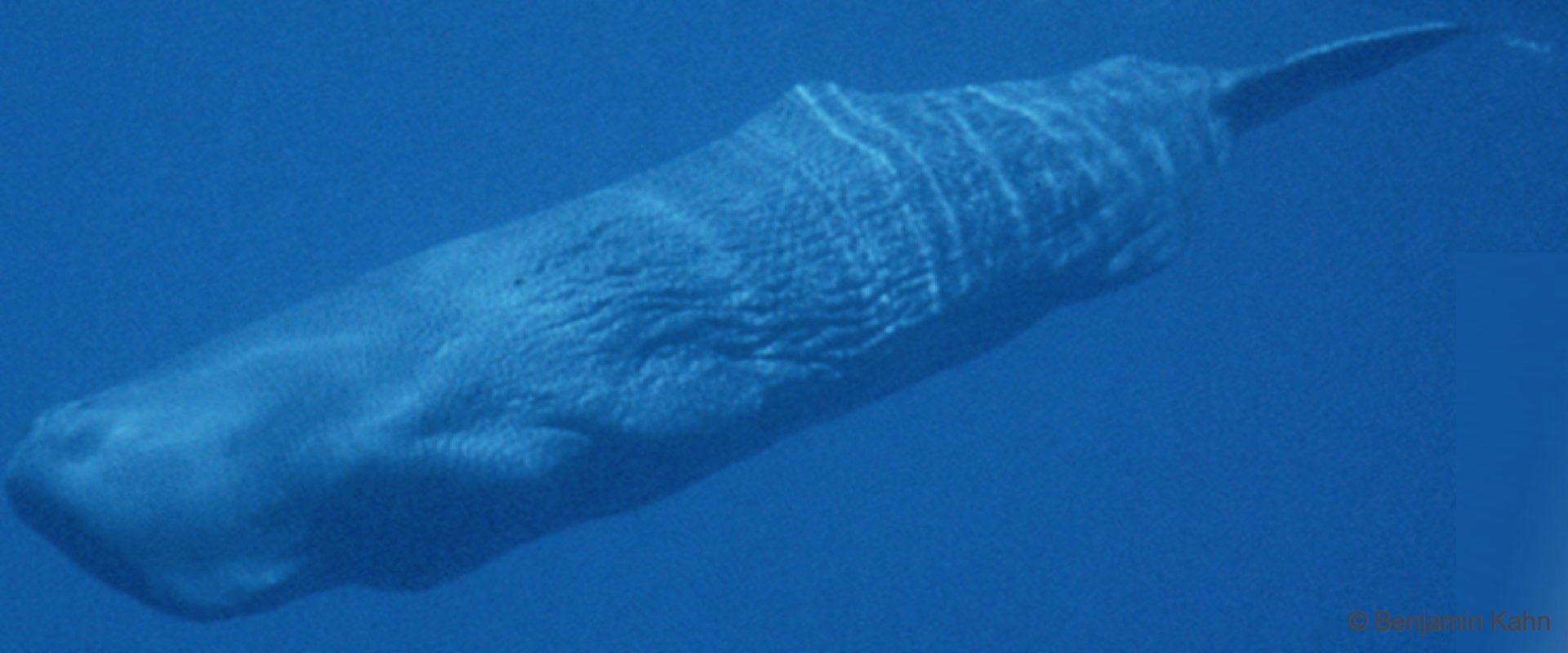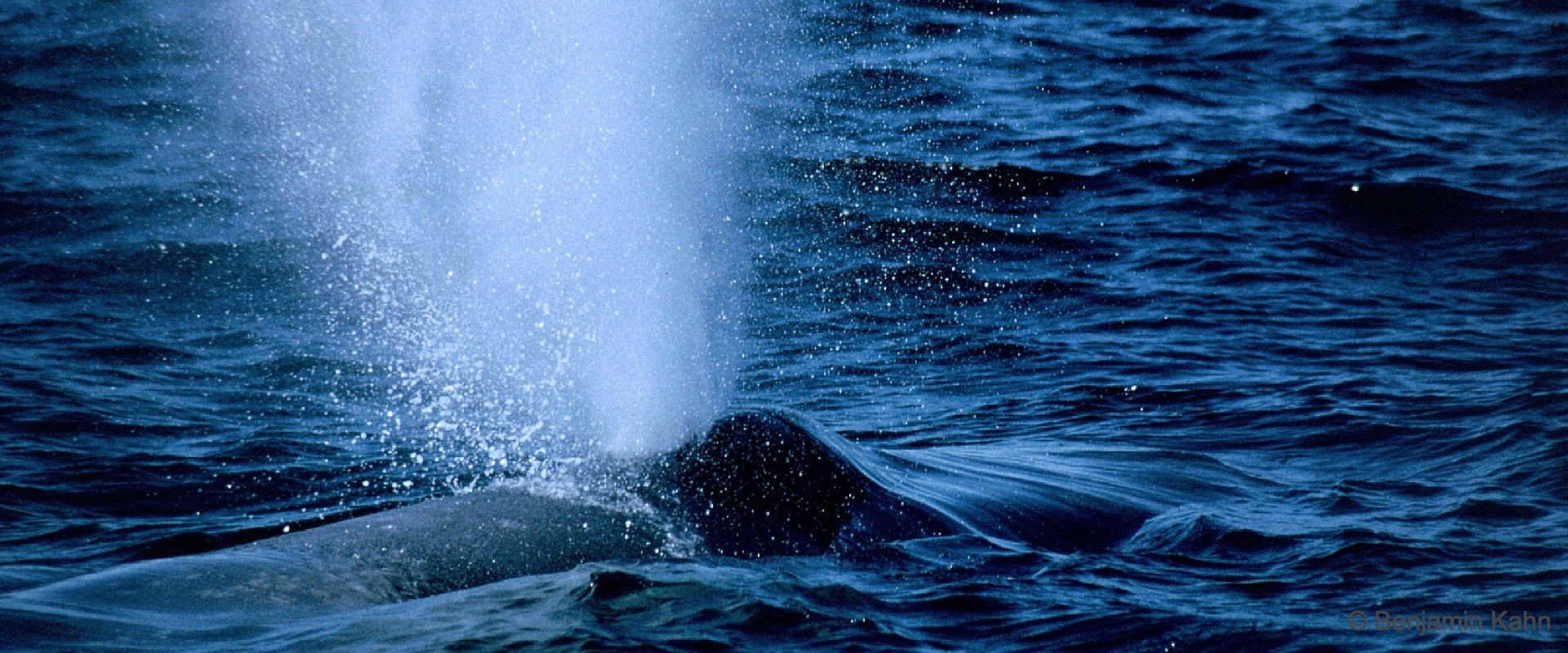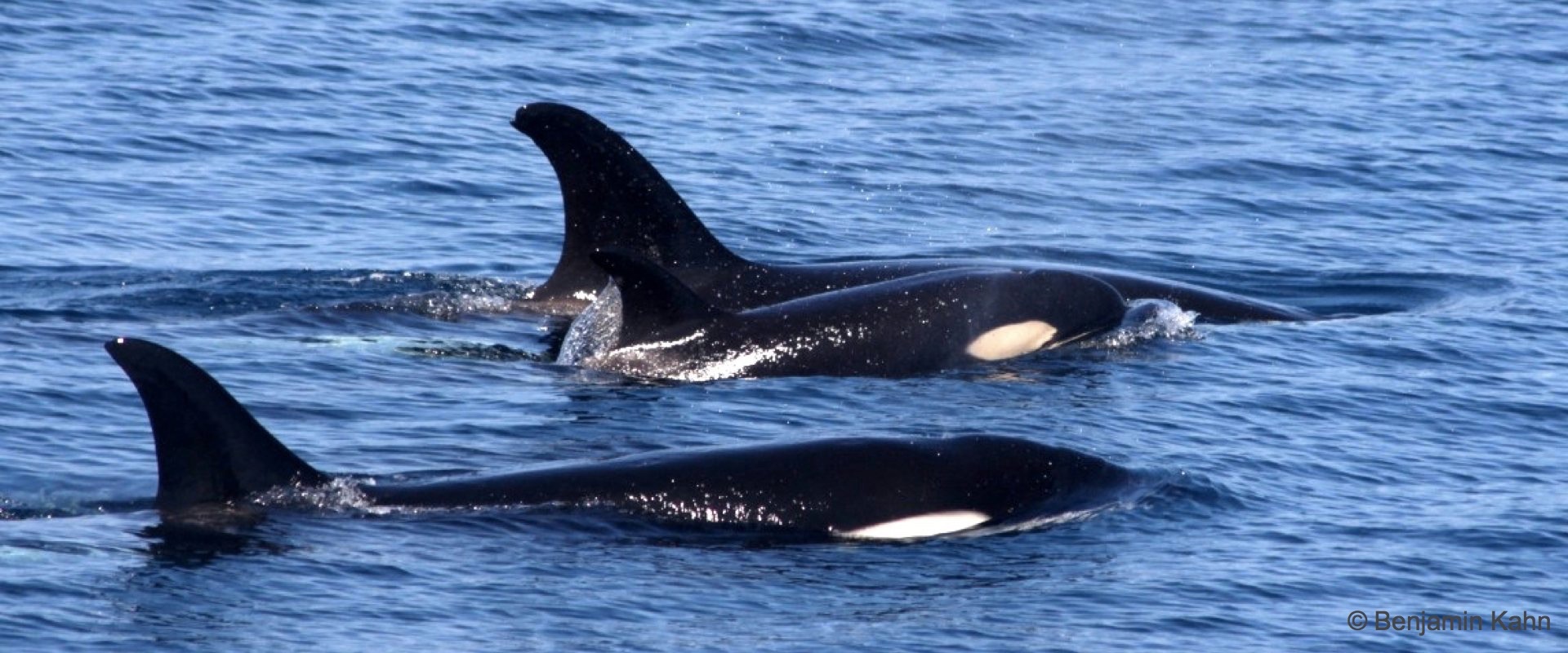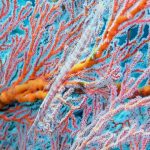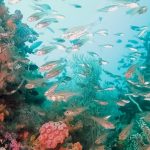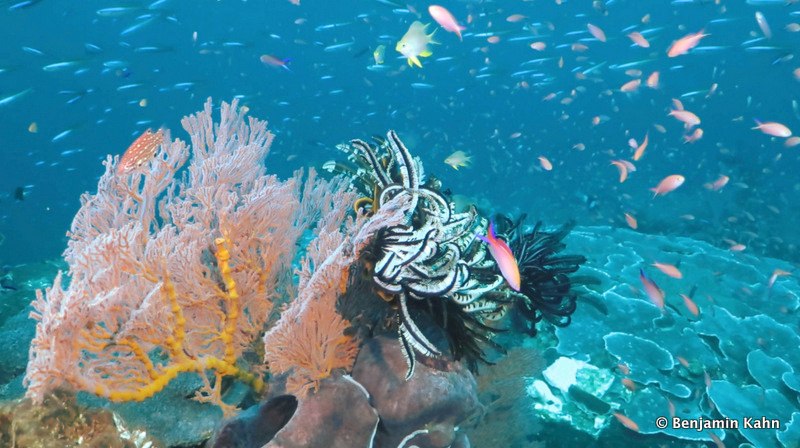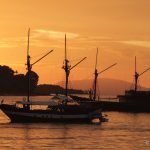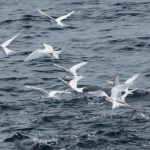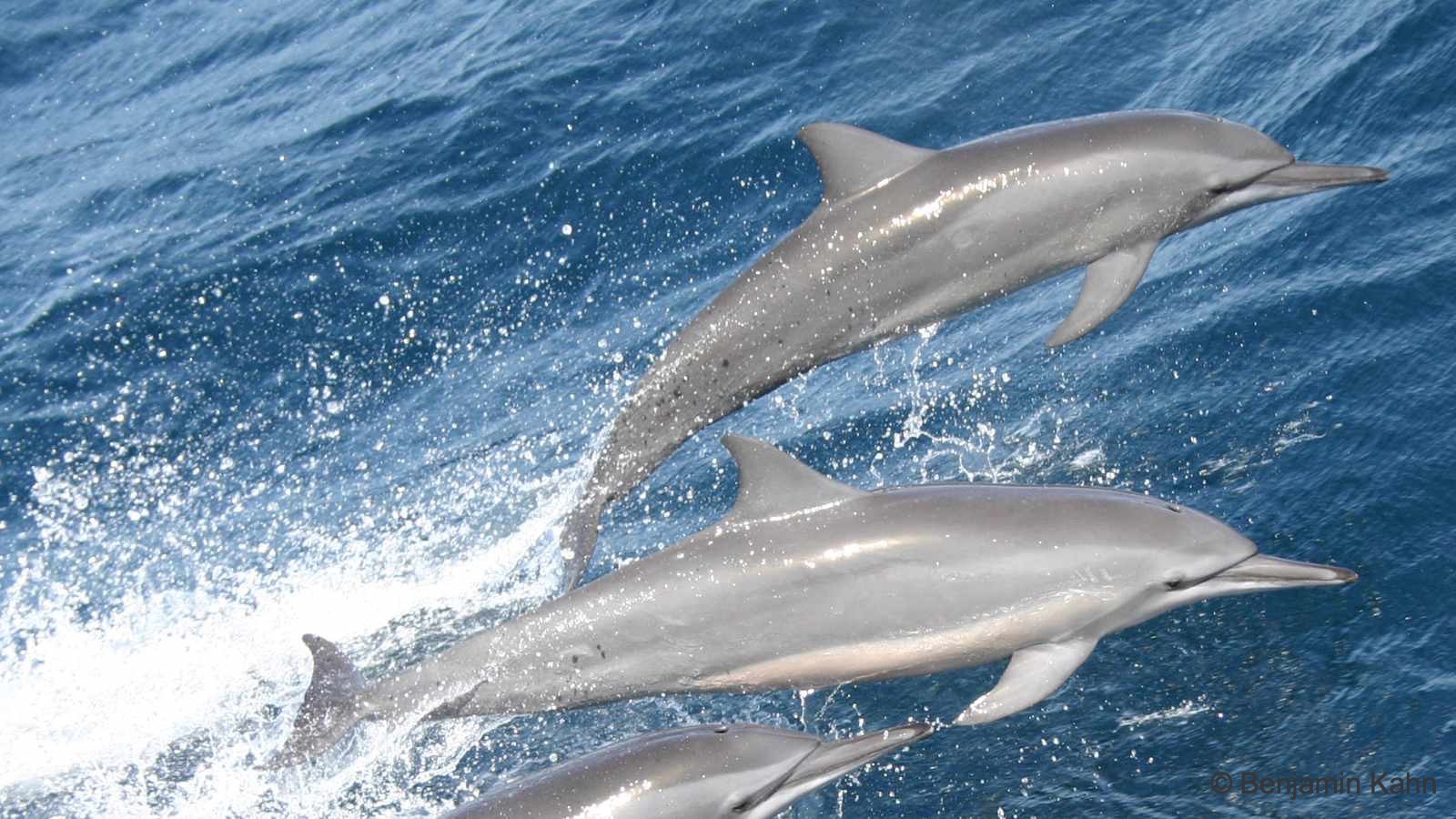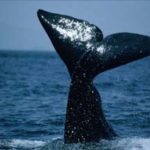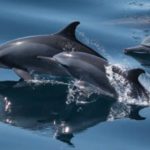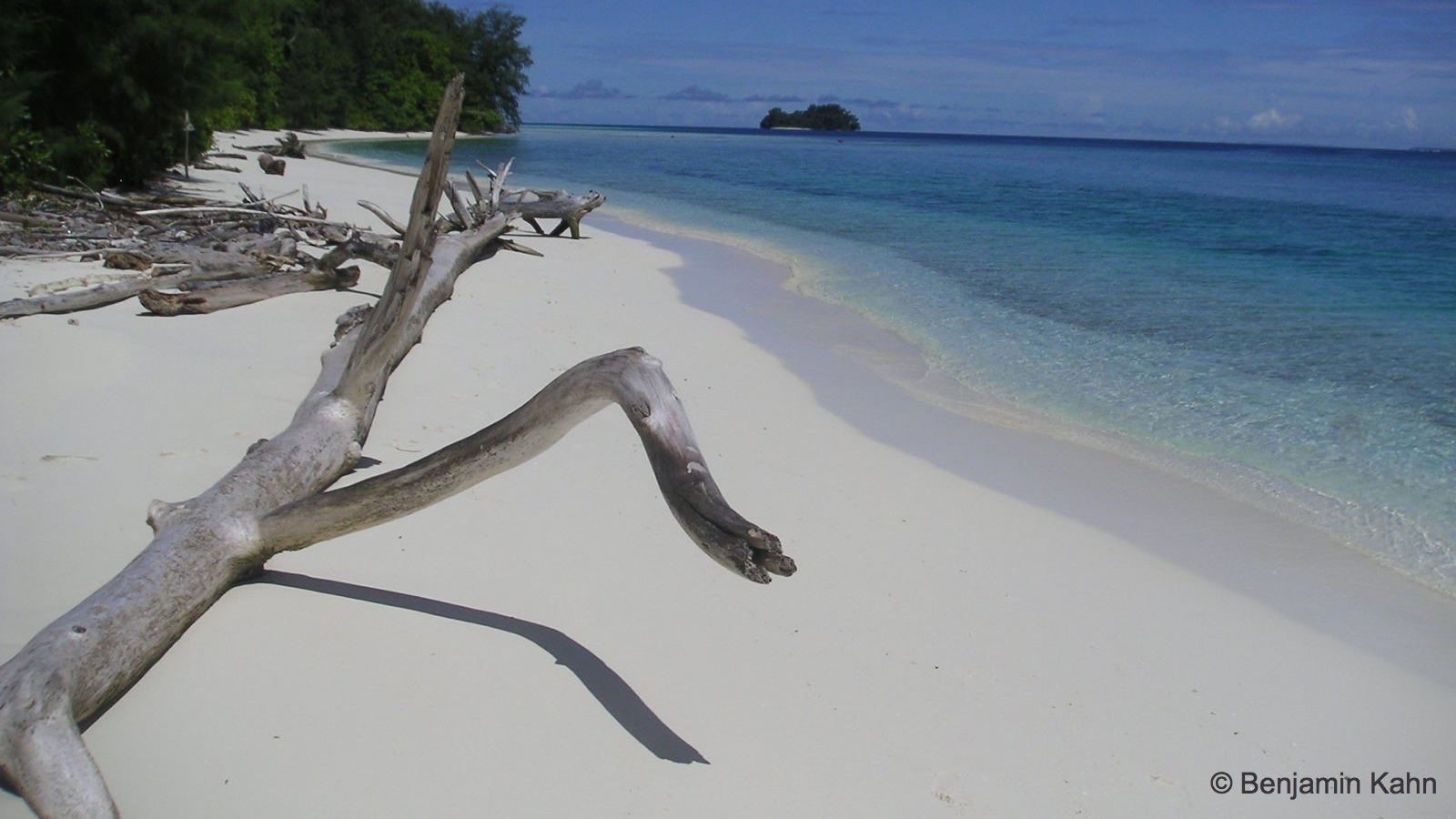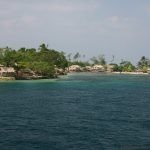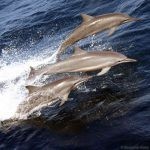
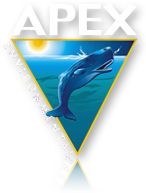
Coral Triangle
Oceanic Cetacean Program
Oceanic Cetacean Program
APEX Environmental is an environmental organisation with extensive expertise in oceanic whale and dolphin surveys, cetacean ecology research, active participation coral reef monitoring programs and responsible nature-based tourism product development. Our educational activities focus on tropical marine conservation issues in Asia/Pacific region.
The oceanic research programs aim to expand the existing knowledge of the Earth’s most abundant yet least known marine ecosystem – the open ocean – and achieve alternative and minimal impact solutions for nature-based industries that are cost-effective and have long-term ecological and economical sustainability.
APEX Environmental has broad expertise in the conservation and management of oceanic cetaceans (the collective name for whales and dolphins) in the Coral Triangle region of Asia- Pacific, where we have worked since 1998.
What is the Coral Triangle and why is it important?
The Coral Triangle includes the coasts, reefs and open seas of six countries within South East Asia: Indonesia, Timor-Leste (East Timor), Malaysia, the Philippines, Papua New Guinea and the Solomon Islands.
These waters are the most bio-diverse marine realm in the world and are designated as a global priority for marine conservation. The Coral Triangle comprises just over 1.5 percent of the global oceans, yet it includes 30 percent of the world’s reef ecosystems, 76 percent of all global reef building coral species and more than 35 percent of coral reef fish species are found in these waters. This exceptional natural splendor has resulted in descriptions such as the “bull’s eye of marine bio-diversity” in all of the world’s oceans.
Marine megafauna in the Coral Triangle include 6 species of marine turtles, whale sharks, mantas, and the oceanic sunfish (often these are endangered, threatened and protected species). Cetacean bio-diversity in the Coral Triangle is also exceptional, with more than 30 species recorded to date, including: Blue whales, sperm whales, Bryde’s whales, humpback whales, pilot whales, beaked whales, orcas; as well as numerous smaller dolphin species, ranging from the pelagic Fraser’s dolphins to the riverine Irrawaddy dolphins and the dugong, a herbivorous sea cow.
“The Coral Triangle Oceanic Cetacean Program works closely with local partners to identify and better protect special deep-sea yet near-shore habitats such as migratory corridors, upwelling zones, canyons and seamounts in the bull’s eye of global marine bio-diversity.”
Towards Responsible Ocean Industries in the Coral Triangle
Marine Spatial Planning for a Sustainable Future.
The ‘deep-sea yet near-shore” habitats of the Coral Triangle are diverse and abundant – such as clusters of seamounts, canyons, trenches, migration corridors, oceanic fronts and seasonal upwelling zones. Yet they are not well understood, nor well managed. This presents an opportunity for Marine Spatial Planning, including better representation of such habitats in multiple-use Marine Protected Areas, or MPAs.”
In addition to our conservation work on marine mammals, we have also provided technical assistance with broader marine management programs such as:
- Ecoregional design and seascape conservation planning.
- Marine Spatial Planning (MSP).
- Integrated Ocean Management (IOM).
- Marine Protected Area (MPA) network development and
design. - Site-specific MPA management plans incl. development of
zonation pans. - Species-specific Conservation Action Plans.
- National and Regional Conservation Action Plans.
- Environmental Impact Assessments (EIAs).
- Development of Guidelines for Industry Best Practices.
(Maritime transportation and offshore energy sectors: international shipping and sea-lanes; seismic surveys and other oil and gas activities; marine/deep-sea mining). - National fisheries reviews.
- Capacity building and training – oceanic ecosystem,
cetaceans, migratory species. - Marine (mammal) tourism development.
- Film, documentary and multi-media projects.
These activities are geared towards providing innovative “blue solutions” for ocean industries. Solutions that have minimal environmental impact, that are cost-effective and provide long-term ecological and economical sustainability.
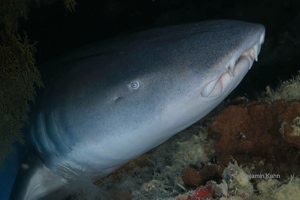
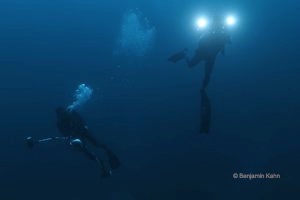
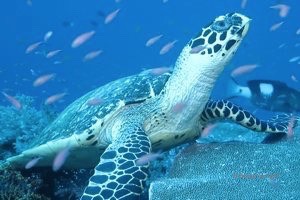
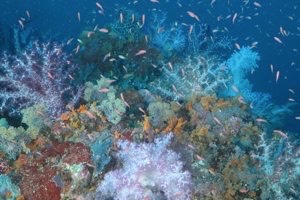
Safeguarding Marine Migratory Corridors
Closing the knowledge and conservation gaps for oceanic whales and dolphins in the Coral Triangle.
The current lack of knowledge for this vast offshore environment in the Coral Triangle is a major challenge to a) the conservation of large whale species and b) the protective management of the “oceanic hotspots”.
One of our priority areas is the network of Indo-Pacific migratory corridors in east Indonesia, Timor Leste, Papua New Guinea and the Solomon Islands. This corridor network is a remote and spectacular mosaic of inter-island passages that are part of the world’s largest archipelagos.
Here, we focus on narrow yet deep migratory bottlenecks that are of regional importance for many oceanic giants – including blue and sperm whales, whalesharks, turtles, tunas and billfishes. An important part of this program is geared towards surveys, capacity building and hands-on field training, while we address several burning questions for cetacean conservation science:
- What is the actual habitat use by various whale and dolphin species and other species groups (seabirds, billfishes, tunas, oceanic sharks) that frequent these oceanic hotspots?
- Do the oceanic hotspots overlap with various ocean industries? What are the activities of coastal and pelagic fisheries, oil & gas, marine mining, local and international shipping traffic around critical habitats for whales and other priority areas for marine conservation?
- What are the major threats in our region, ranging from ship-strikes and net entanglements to plastic debris and targeted catches by traditional whale hunters?
- How to integrate oceanic hotspots within the ongoing design and development of MPA Networks, Marine Spatial Planning and regional management initiatives?
- How do local communities in these special and often remote places benefit from our findings? For example, outcomes may assist with responsible marine tourism development including whale watching.
Each year, blue whales migrate through the narrow inter-island passages of the Savu Sea and into the deep Banda Sea. The warm clear waters of the Coral Triangle are their destination, the end point of a vast migration from the Southern Ocean – a voyage of about 12,000 km
Capacity Building, Hands-on Field Training and Policy Development
On-going educational and training activities focus on tropical marine mammal conservation issues in SE Asia and the South Pacific Islands. Two-day technical workshops and collaborative training projects boost hands-on capacity in remote field locations, as well as policy development in provincial and national capitals.
Our conservation work has been featured in several nature documentaries and multi-media productions (including Discovery Channel, Animal Planet, Paramount Pictures, BBC Natural History Unit, ZDF).
